Australian Freshwater Crocodiles Successfully Bred By Zoo For FIrst Time In Nearly 30 Years
These images show two Australian freshwater crocodiles relaxing in their vivarium at a zoo in Switzerland that is the first to successfully breed the species in nearly 30 years.
The little crocs hatched at Basel Zoo in Switzerland and the video of them relaxing in their vivarium was obtained by Newsflash along with a statement from the Zoo yesterday, 11th November.
The zoo said that not only was it the first time the species had been successfully bred since 1994, which is when the little crocs’ parents were bred at Frankfurt Zoo in Germany, it is also only the second time this has been achieved outside Australia.
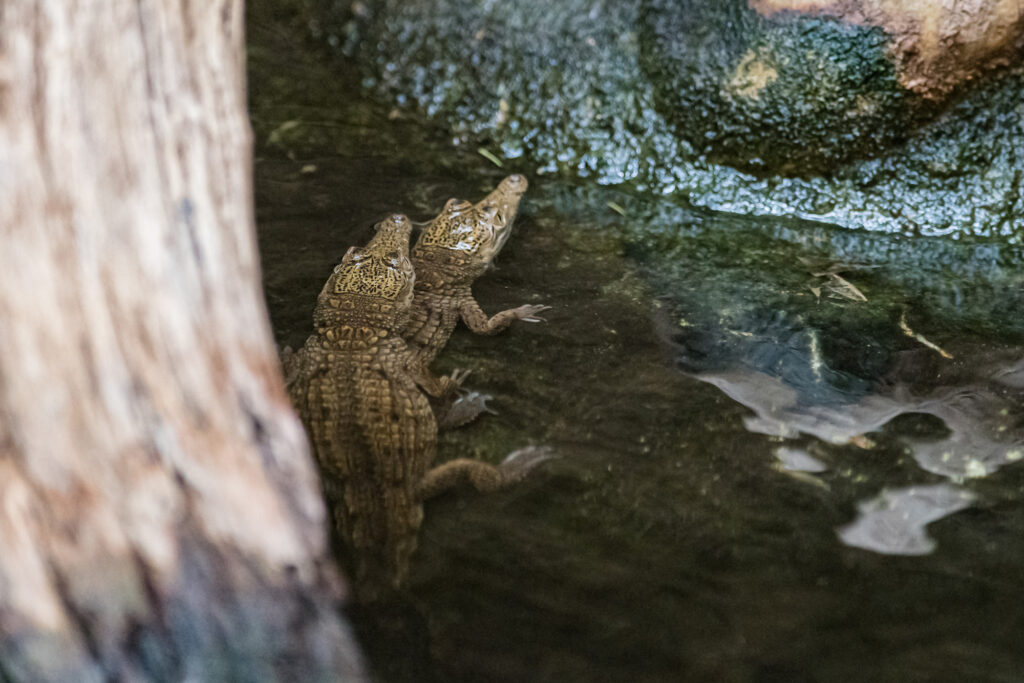
The female freshwater crocodile (Crocodylus johnstoni), also known as the Australian freshwater crocodile, laid 10 eggs in her vivarium at the zoo on 11th March. Of the 10 eggs laid, four hatched between 17th and 21st May.
Zookeepers then took the eggs from the ‘sand nest’ and placed them in a specialist incubator.
The eggs could not be left in the ‘sand nest’ built by the croc, as the conditions are not suitable for incubation.
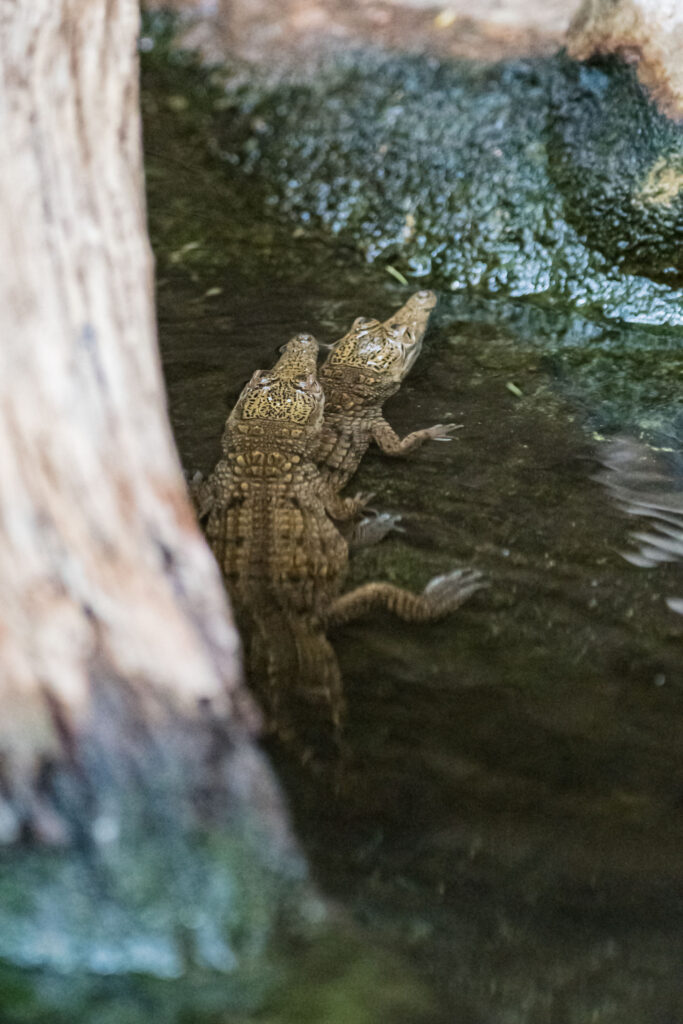
Temperatures often determine the sex of the croc and, in the wild, the ratio is around four females to every male.
European zoos also have majority-female populations so, for this reason, Basel Zoo decided to try to breed male crocs.
When incubated at 32 to 32.5 degrees centigrade, males have their highest chance of hatching, and lower temperatures lead to more female hatchlings, said the zoo.
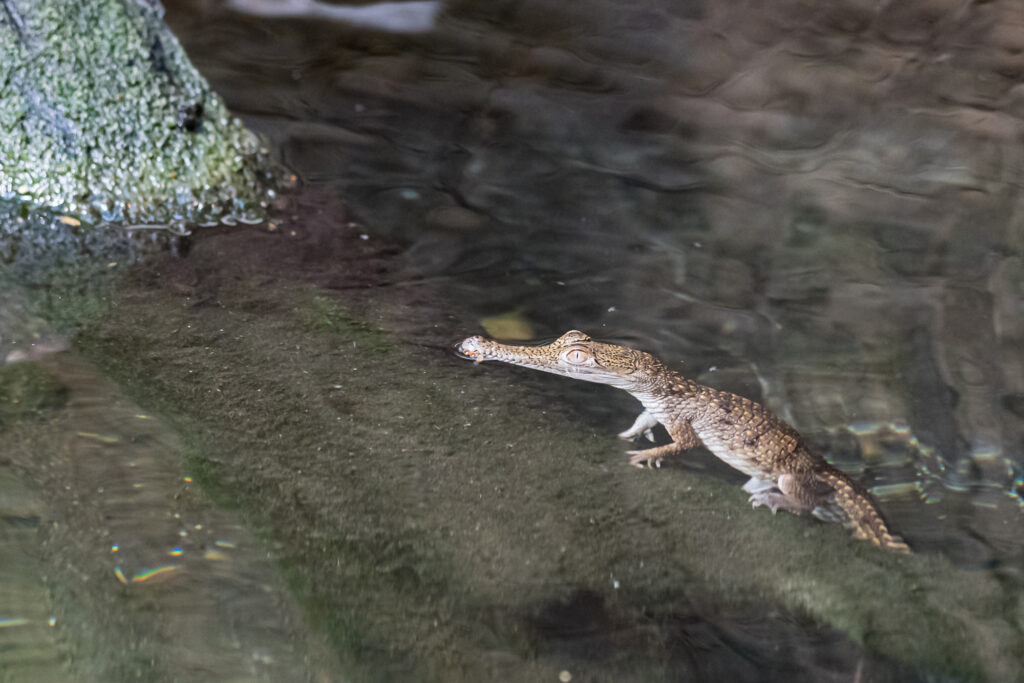
The period of incubation is between 63 and 108 days, and the first croc poked its head out of the broken eggshell after 67 days.
The crocs are able to communicate while they are incubating, which allows them to hatch at the same time.
Synchronised hatching is a defence mechanism, as hatching as a group makes them less vulnerable to predators than hatching individually.
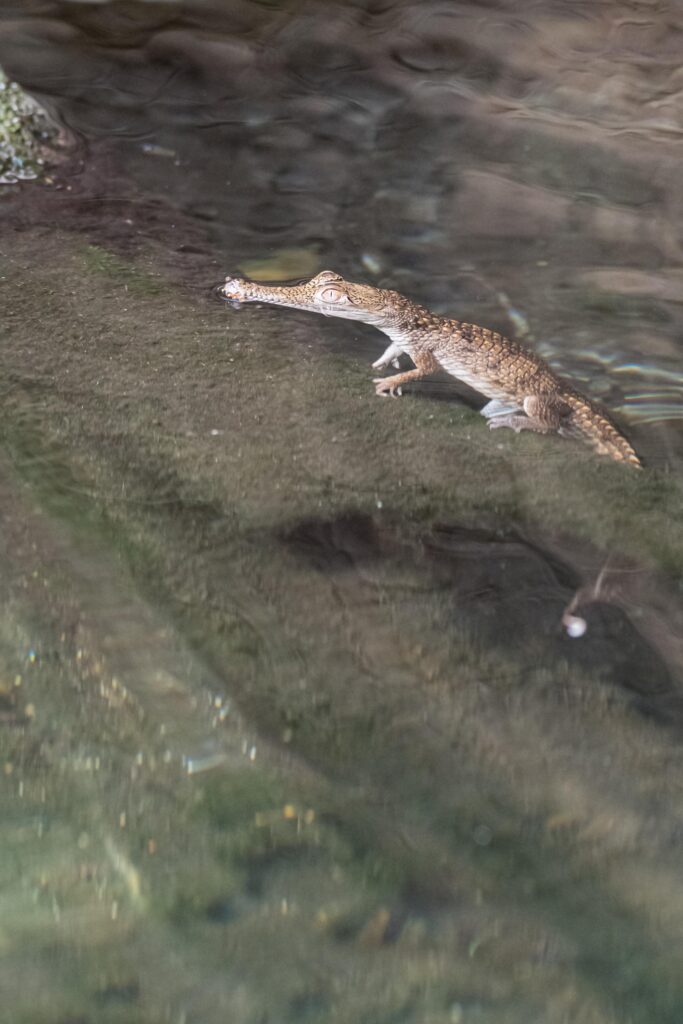
After successfully hatching, the little crocs were returned to their parents on 26th May.
When fully grown, a male freshwater crocodile measures between 2.3 and 3 metres (7.5–9.9 feet) while a female can reach 2.1 metres (6.9 feet) in length.
The crocs have been taking their role as parents very seriously, keeping a permanent eye on their hatchlings, reported the zoo.
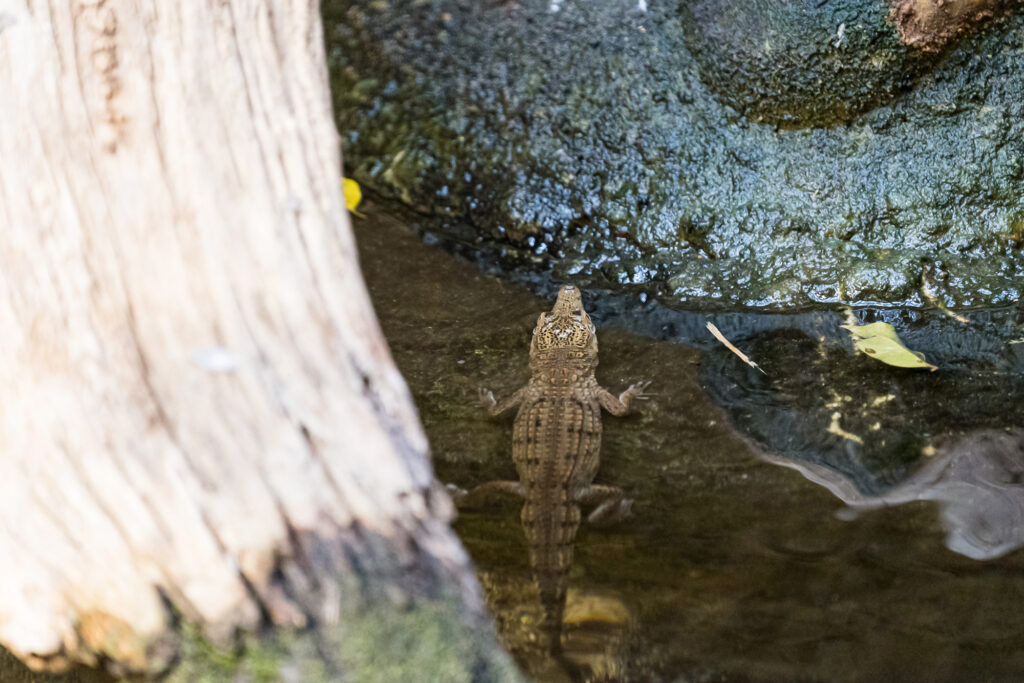
Zookeepers are no longer able to remain close to the younglings, as their parents will not permit it, but by feeding them with a controlled diet, it is possible to monitor the change in weight and size of the younglings.
Australian freshwater crocodiles are native to northern Australia where the population is stable and not endangered, according to the International Union for Conservation of Nature (IUCN) Red List of Threatened Species.
However, the species is vulnerable to invasive species such as the toxic cane toad (Rhinella marina), which the crocs eat and poison themselves with.
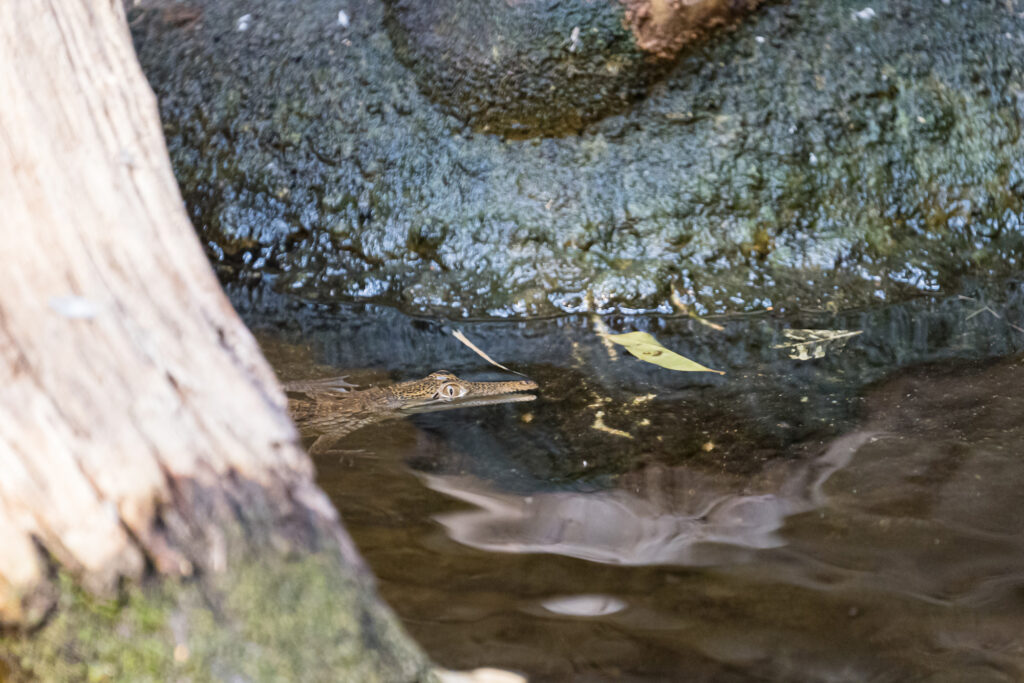
Europe has 13 aquariums and zoos keeping freshwater crocodiles, and Basel Zoo is the second zoo to ever breed the crocs outside of Australia.
The parents of the younglings hatched in Frankfurt Zoo in 1994 and became the first-ever freshwater crocodiles born outside of Australia.


